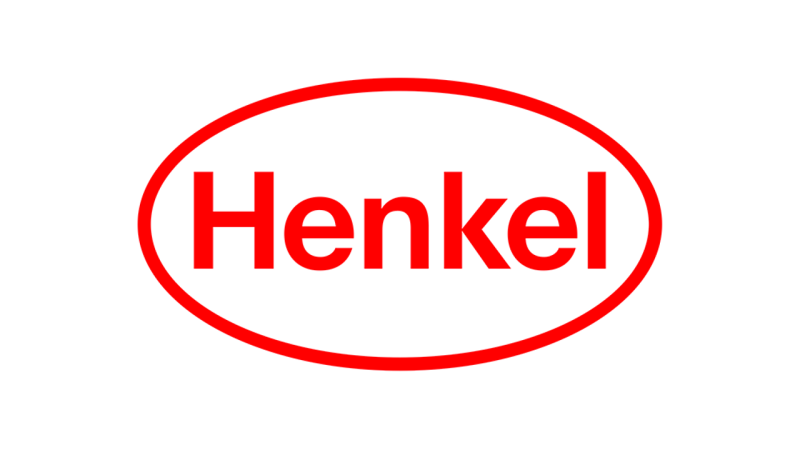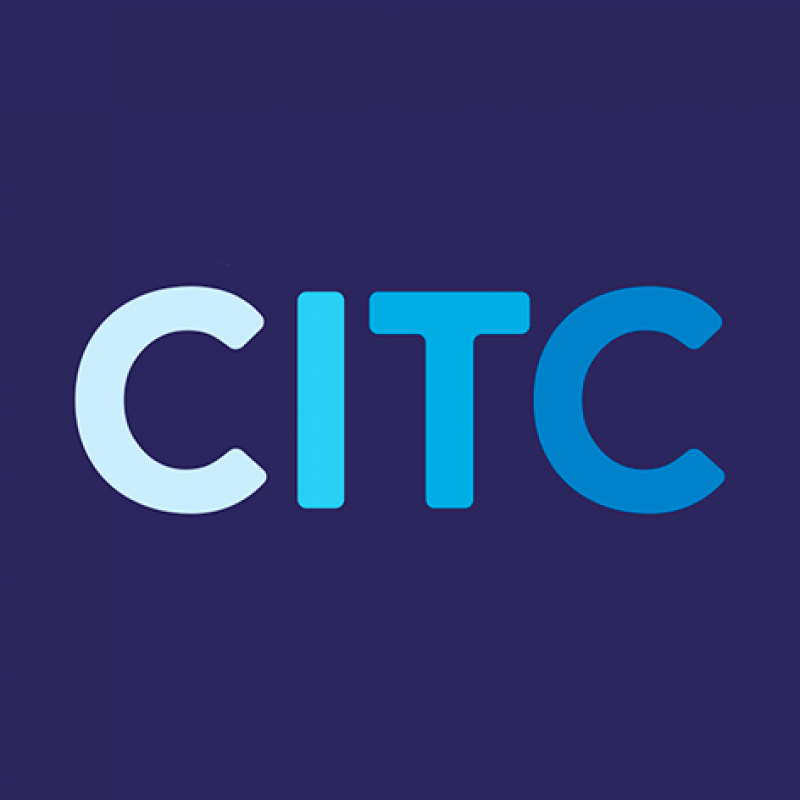| Wednesday, November 16, 2022 | |
Session 1: Updates from the Semiconductor Back-End Assembly Market in Europe |
|
| 08:30 | Opening remarks |
| 08:40 | Keynote |
Building Europe’s Digital Future - A Pan European Investment, Frans Scheper, Intel Corporate Vice President, General Manager and President of Europe, Middle East, and Africa (EMEA) |
|
| 09:05 | Keynote |
Semiconductors for Software Defined Vehicles |
|
Leopold Beer, VP Product Management ASIC's & SOC's, Robert Bosch GmbH Semiconductors for Software Defined Vehicles
Abstract Biography |
|
| 09:30 | Keynote |
Amkor activities in Portugal and overall trends in Europe |
|
Session 2: 3D Packaging Trends, Design and Assembly |
|
| 10:25 | Opening remarks |
| 10:35 | Keynote |
Packaging Trends, reserved for IMEC |
|
| 11:00 | Complete LVS verification methodology and process for complex System-In-Package assemblies |
Raphael Theveniau, CAD Support Senior Staff Engineer, ST Microelectronics Complete LVS verification methodology and process for complex System-In-Package assemblies
 Abstract Biography |
|
| 11:25 | Ultra-fine pitch Die bonding approaches with Cu interconnects for high-performance 3D IC packages |
Ali Roshanghias, staff scientist, Silicon Austria Labs GmbH Ultra-fine pitch Die bonding approaches with Cu interconnects for high-performance 3D IC packages
 Abstract Biography |
|
| 11:50 | Optimization of the Cu Microstructure to Improve Cu-to-Cu Direct Bonding for 3D Integration |
Ralf Schmidt, R&D Manager Semiconductor, Atotech Optimization of the Cu Microstructure to Improve Cu-to-Cu Direct Bonding for 3D IntegrationAbstract Biography |
|
| 12:10 | Lunch break |
| 13:10 | Panel Discussion |
Session 3: Advanced Packaging Materials and Reliability |
|
| 14:00 | Opening remarks |
| 14:10 | Keynote |
Semiconductor Packaging Materials Enabling Advanced Flip-Chip and Heterogeneous Integration |
|
Ramachandran Trichur, Global Head of Semiconductor Packaging, Henkel Corporation Semiconductor Packaging Materials Enabling Advanced Flip-Chip and Heterogeneous Integration
 Abstract Biography |
|
| 14:35 | GlobalFoundries 22FDX® Auto grade 1 Chip Package Interaction Reliability Assessment |
Simone Capecchi, MTS Reliability, GlobalFoundries GlobalFoundries 22FDX® Auto grade 1 Chip Package Interaction Reliability Assessment
 Abstract Biography |
|
| 15:00 | Reliability characterization of silver sintering for die attach applications |
Edsger Smits, Program Manager, CITC Reliability characterization of silver sintering for die attach applications
 Abstract Biography |
|
| 15:25 | Reserved for sponsor |
Session 4: System-in-Package Trends, Assembly and Test |
|
| 16:15 | Opening remarks |
| 16:25 | Keynote |
Sensor packaging, reserved for Infineon |
|
| 16:50 | Impulse Printing™: Enabling 3D Printed Interconnects for Volume Production |
Rob Hendriks, Program Lead, Holst Centre / TNO Impulse Printing™: Enabling 3D Printed Interconnects for Volume Production
Abstract Biography |
|
| 17:15 | The challenges in testing small and highly integrated devices in a massive parallel test system |
Markus Wagner, Engineering Manager - Interface Solutiosn Group, COHU The challenges in testing small and highly integrated devices in a massive parallel test system Abstract Biography |
|
| 17:40 | Reserved for sponsor |